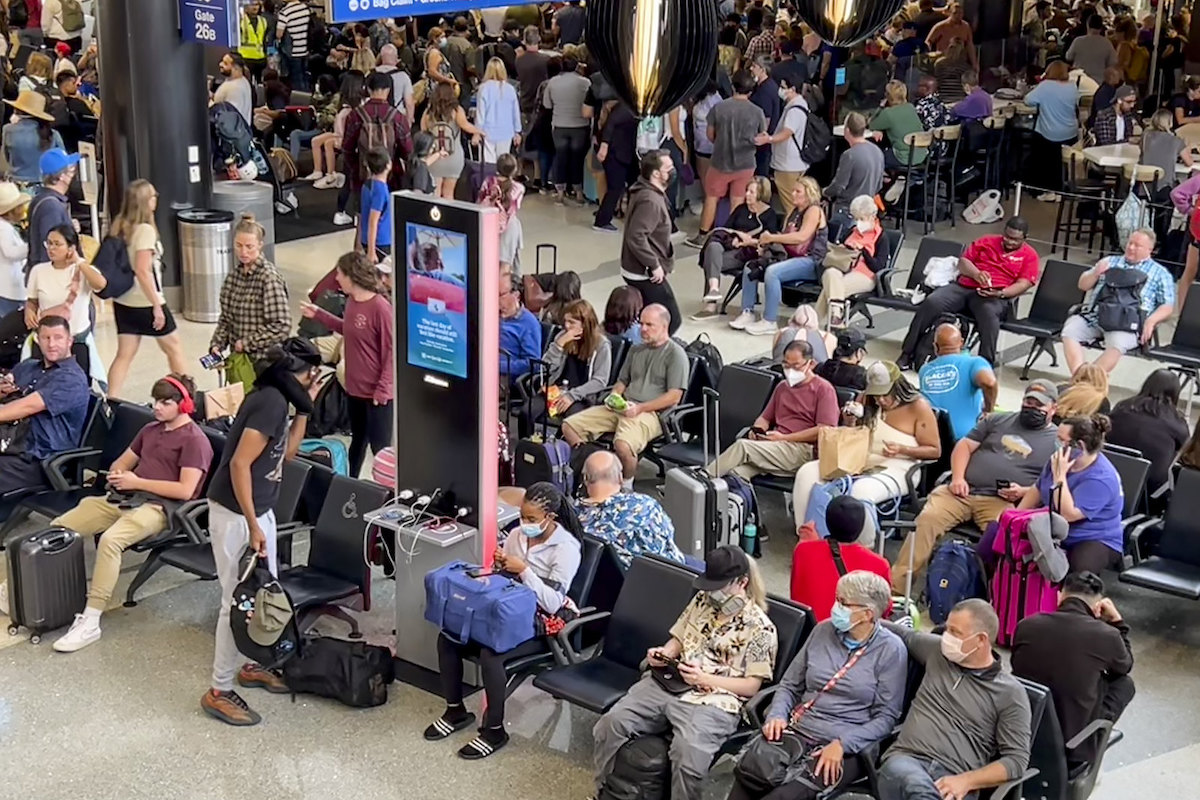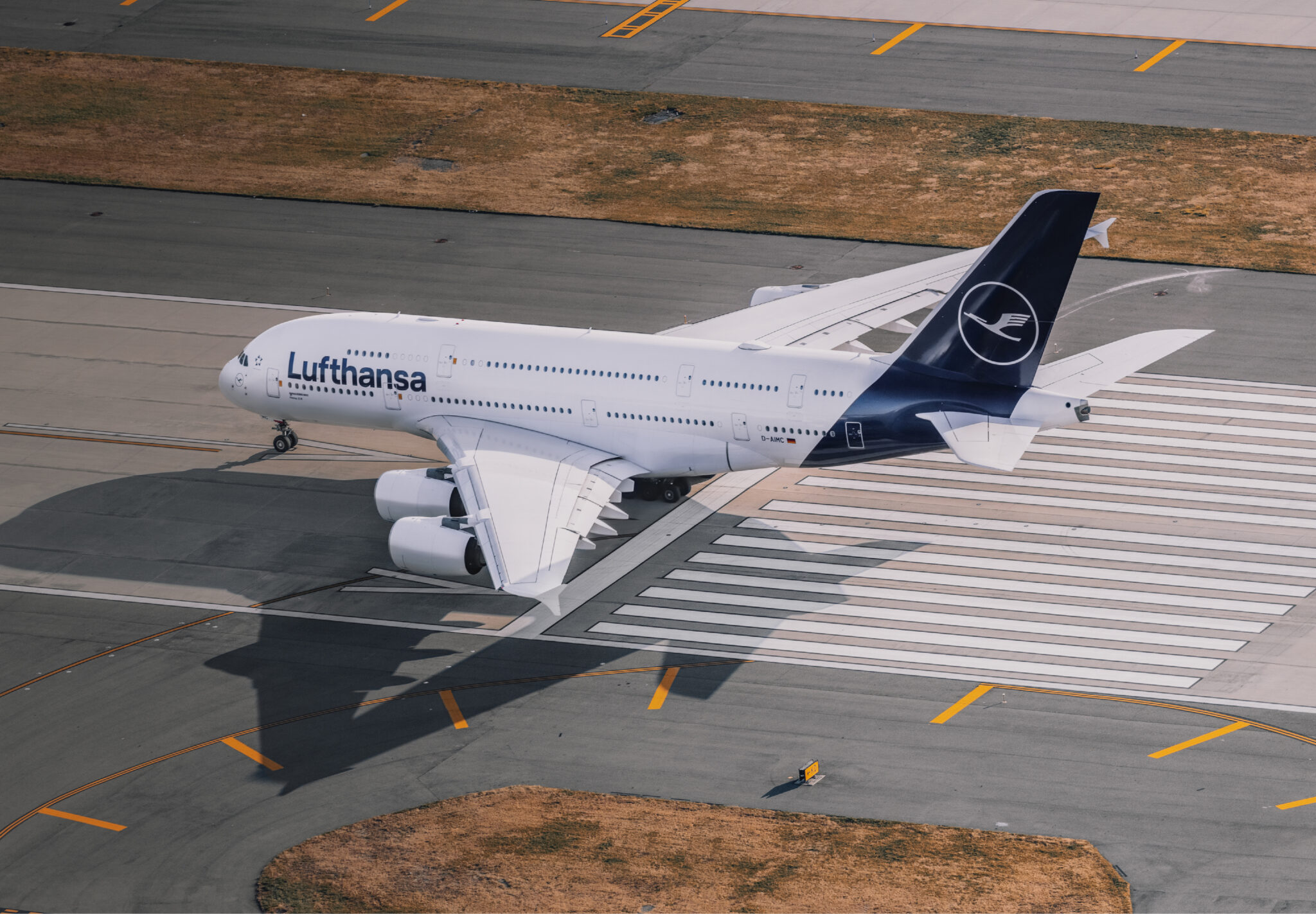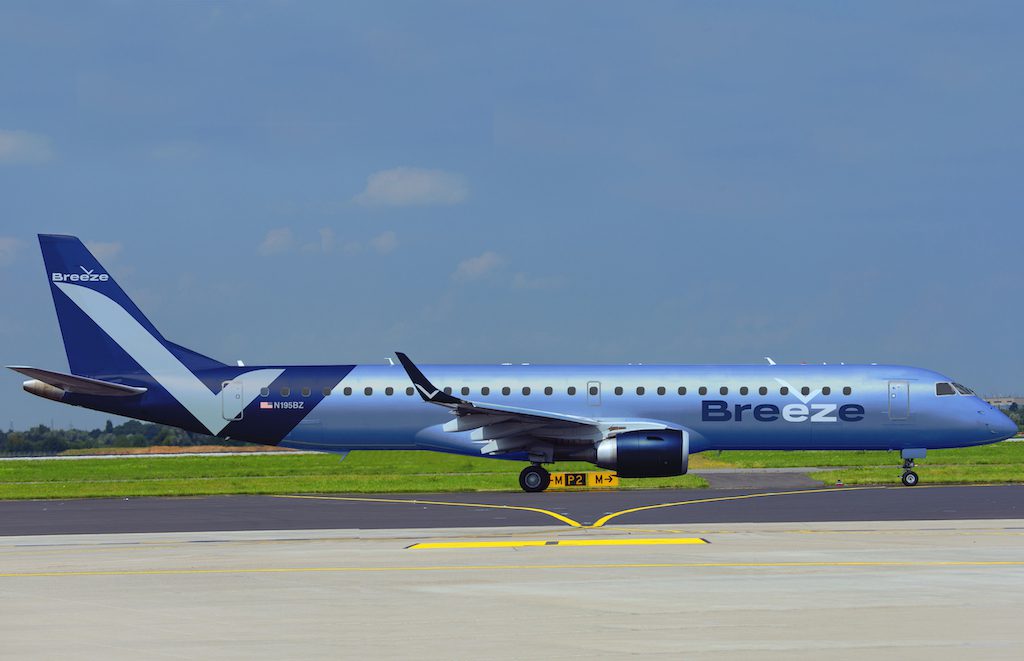The Most Important Story in Airlines in 2022

Skift Take
In hindsight, we should have known the mess that was air travel in 2022 was coming. Airlines kicked off the year canceling tens of thousands of flights amid the surge in Omicron variant cases that kept crews at home, and travelers — unfortunately — on the ground.
“The environment we’re navigating is among the most difficult we’ve faced,” Delta Air Lines CEO Ed Bastian told staff in a memo on New Year’s Day 2022.
Despite that warning, many in the industry — this reporter included — believed that most of the issues would be righted by summer. Yes, the U.S. pilot shortage would mean fewer flights than in 2019, particularly to smaller cities. And other constraints, like the availability of new aircraft, could also pose some limits. Airlines were not expected to make a full recovery but they were forecast to get close.
That, as we now know, did not happen. It turns out that spinning back up a complex, global industry that moves millions of people daily takes a while. And it’s a lot harder to do than putting it down, as we saw in 2020. Now, a year on, we’re all a little bit wiser and sager, but also jaded and hardened to the realities of aviation in the 2020s.
Signs of the troubles to come began in the spring. Airlines were forecasting aggressive summer schedules — many at or above 2019 levels in the U.S. — with executives touting robust travel demand. Even business travelers, that elusive creature that had been slow to return to the skies amid Covid fears, were beginning to hit the road again. Then JetBlue Airways and Southwest Airlines had operational meltdowns in April, and Alaska Airlines in May; Delta pulled down its schedule to avoid meltdowns; and American Airlines and United Airlines quietly flew less than previously planned.
And across the Atlantic the situation was even worse. Amsterdam’s Schiphol Airport, the home base of KLM, began asking travelers to stay home to avoid congestion and then began officially limiting the number of passengers airlines could fly in June. London’s Heathrow airport was overcome by luggage in June, and was forcing airlines to cancel flights by July. Frankfurt was also capping flights in July.
And thus air travel in 2022 was, to put it bluntly, a hot mess.
“The industry … asked some employees to take voluntary leaves during the worst of the pandemic and many of those people have found other careers, so they aren’t coming back,” Cowen & Co. analyst Helane Becker wrote in June. And while she referred to airlines directly, the same was true with many key supporting functions, including baggage handlers, air traffic controllers, and airport security personnel.
That aviation ecosystem wide staffing situation was widely underestimated. Even European airline CEOs were talking of a great summer ahead at the end of March. This underestimation proved the industry's downfall; even of airlines that had their own staffing and aircraft needs sorted. The lesson was hard, costly, and very public. The headline cost to European airlines alone was around $1 billion, and that was before the additional incremental costs of a slower recovery overall.
Air travel, we learned, is truly a team sport that is only as strong as its weakest member.
So far, the industry looks set up for a better 2023. Airlines, airports, and the larger aviation ecosystem appears to have a better understanding of where the weak points are and what is needed to address them. Hiring has ratcheted up with most airlines set to have as many, if not more, staff than they did in 2019. But, even with this acknowledgement, pain points remain.
Schiphol in Amsterdam still hasn’t eased in flight caps, in part due to its own situation and partially due to Dutch climate and noise policy. As a result, KLM CEO Marjan Rintel said in November that the carrier will not be able to meet “the demand customers ask for” in 2023.
And the Airports Council International (ACI) Europe, a trade group for airports, earlier in December pushed out its passenger traffic recovery forecast by a year to 2025. The reason? A “mix of determinants,” said Director General Olivier Jankovec; artfully avoiding any mention of his member’s own challenges and instead focusing on the macro situation.
But constraint in 2023, rather than the bombastic pronouncements we heard of the year ahead in early 2022, shows that some lessons have been learned. That's good for travelers who (hopefully) will not be blindsided by avoidable flight disruptions, and good for airline bottom lines as strong demand and limited flights means higher airfares. Now the industry just needs to deliver on this — and everyone will be watching.




